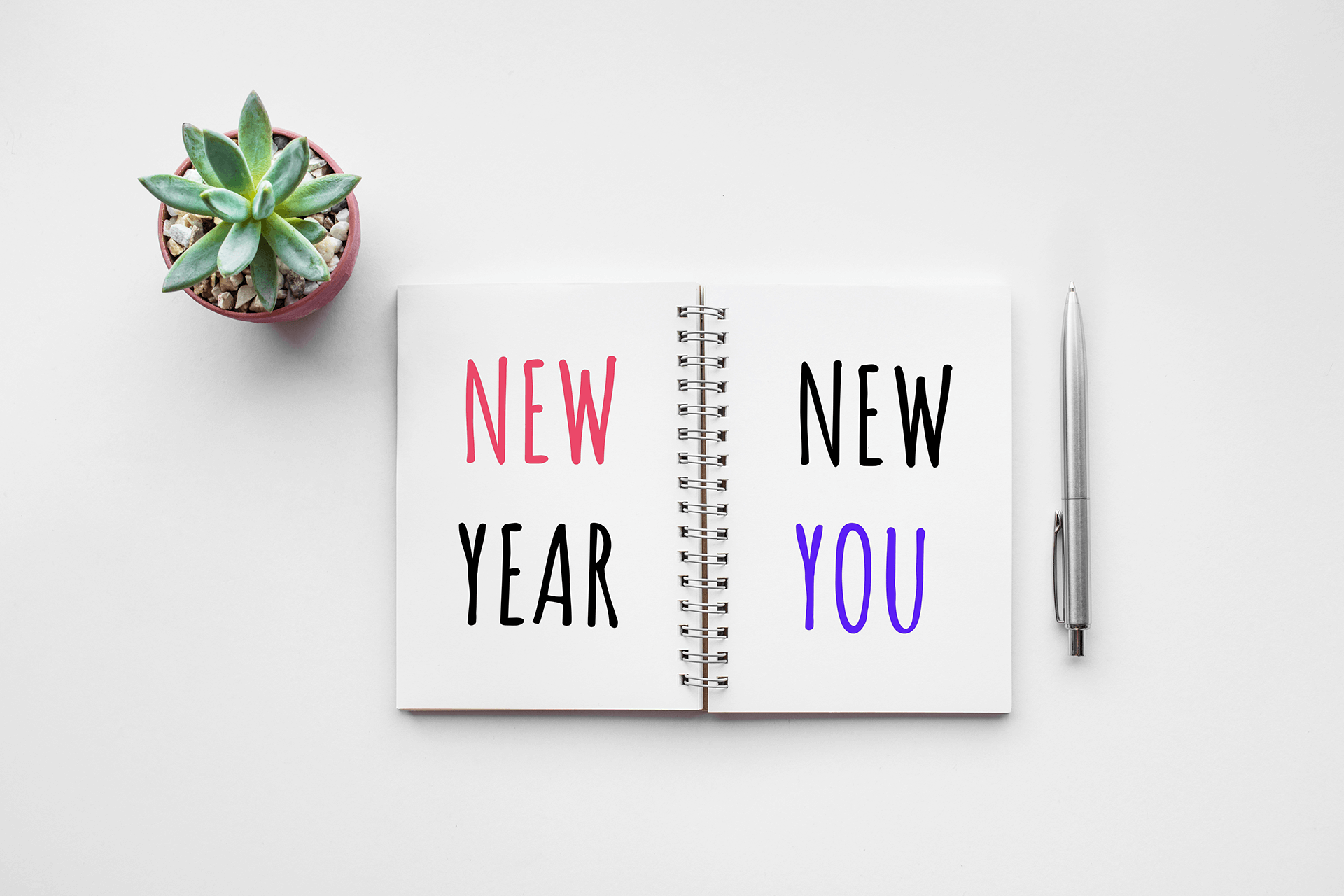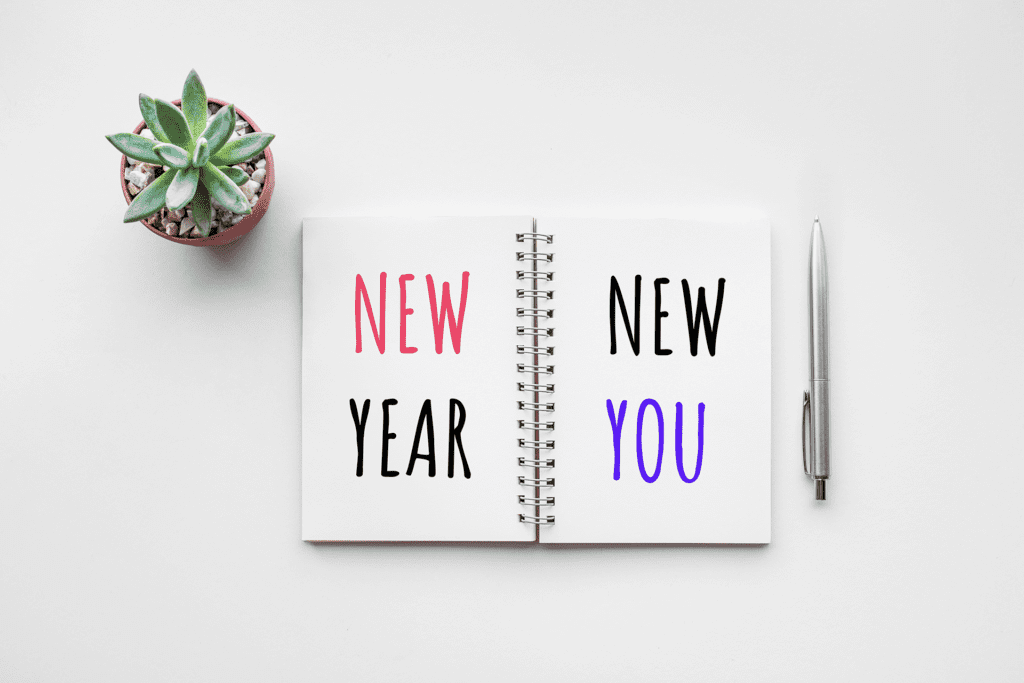
Table of Contents
Preparation for 2025
How would you like 2025 to be? Imagine starting January with a rush of excitement and energy to achieve the goals on your vision board, but as the year progresses, your drive starts to slow down, along with your energy level. Eventually, this year blends into all the other semi-productive years and fails to stand out.
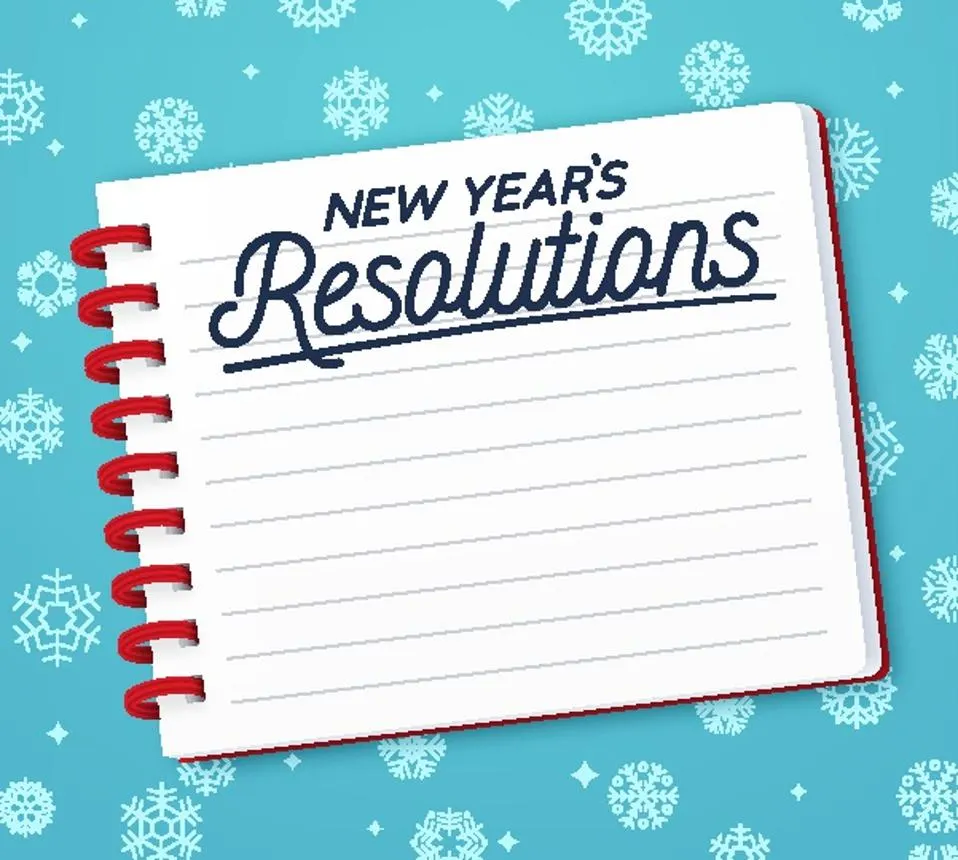
Is burnout the leading cause of this? Probably. Could it be as simple as boredom? Definitely.
What’s the missing link between where you are currently and where you want to be? Tools. A lack of tools and frameworks that you can pull out at a moment’s notice that act as ‘force-multipliers’ to your overall progress is the answer to your prayers!
Here are some frameworks I use as rocket fuel for end-of-the-year goals and for achieving a successful new year.
Frameworks to use at your own risk
(Disclaimer – may cause you to achieve goals 2x faster)
Batching – Not urgent but important tasks (laundry, etc.)
This applies to all tasks that are not urgent but important enough to be done at some point during the week. Use task-batching to group tasks that are the same or similar instead of doing them daily. Free time is a huge part of our successful new year plan here.
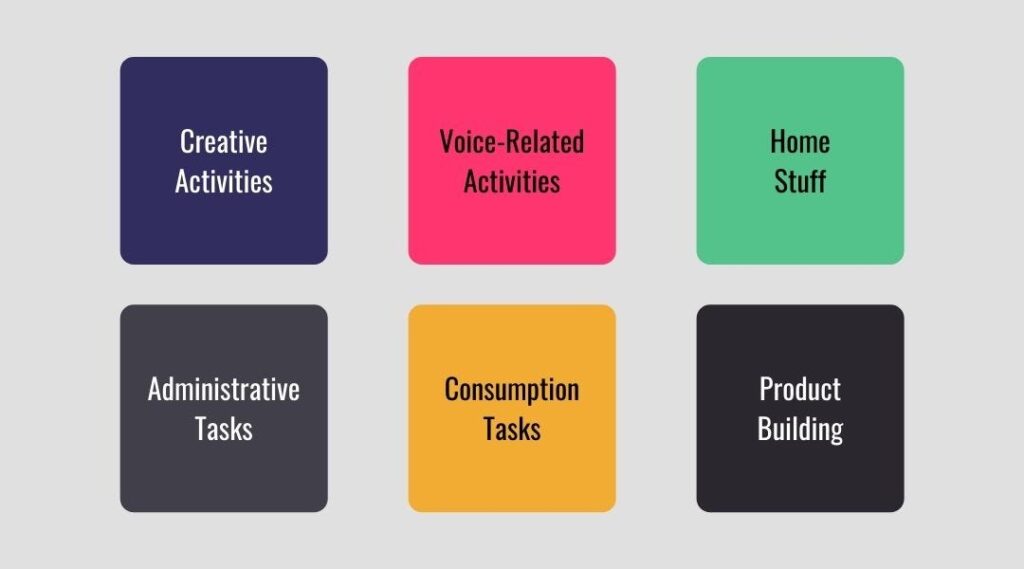
As an example, doing laundry once a week or bi-weekly instead of every day frees up time on alternate days to be able to focus on more important tasks with an urgent element to them.
Finances could be another example of this. Blocking time and batching your finances to take care of them once a week or twice a month (recommended) ends up being far more efficient in the long run, decreasing the everyday hassle and freeing up otherwise wasted time.
Batching can be applied to meal-prep, bill-payments, and many more tasks; the possibilities are endless.
Ask Questions to Find Answers
Absurd questions enable creative thinking. Most times we are defined by the preconceived notions (subconsciously/unconsciously) roosting in our heads in blurry moments. What would seem like a manic strategy helps change the rhythm of thinking, leading to otherwise ignored solutions.
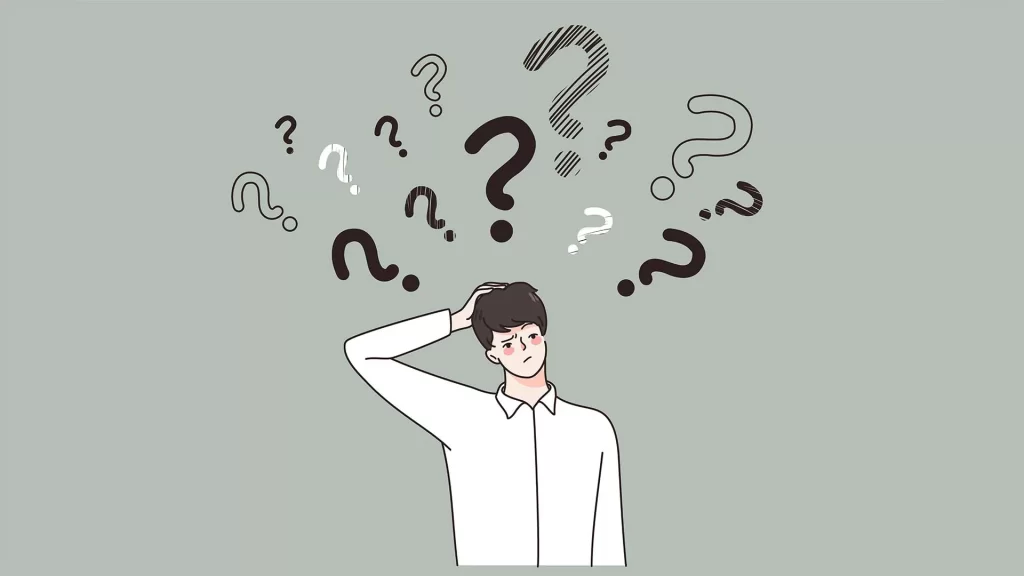
Questions like “What tiny changes can help me have a successful new year?” or
“How can I achieve my 10-year goals in 6 months?” force you to think out of the box labelled “same old ideas.”
Do Fewer Things
As we already know, being “busy” and having a packed schedule doesn’t necessarily mean that we’re making the best use of our time; it might just be the worst investment considering the mental exhaustion that comes with it.
Task switching has an invisible cost that most of us overlook, and that is what makes us feel overwhelmed and unfocused most times.

The Solution? Target no more than two of the day’s most important work tasks. A good way of selecting these tasks is to use the urgent-important 2×2 matrix. Divide your tasks according to the level of urgency and importance they fall into, and select the two most urgent and important ones.
Aim for Achievable Goals
One of the mistakes we make while setting end of the year goals and priorities is setting really lofty ones. Now I’m all for ambition and achievement, but if you pause and think about what happens to your morale when a goal you’ve set is not achieved, you’ll soon realize that setting a challenging but achievable goal is better than an ambitious one that is demoralizing.
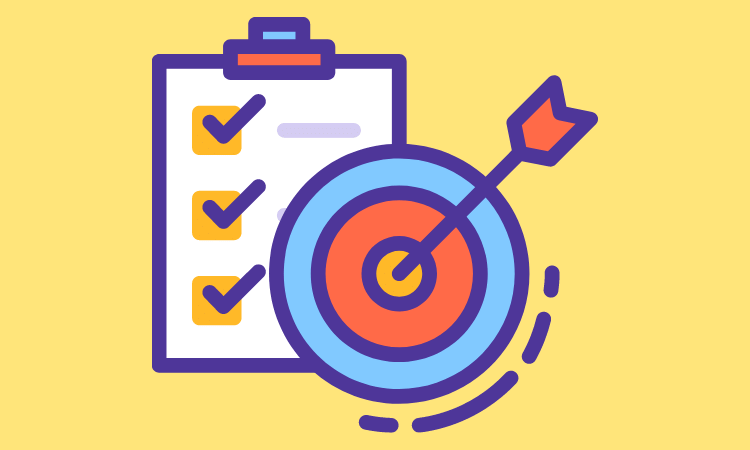
Always build in slow progressions. Think of it like this: everything you succeed in or complete successfully builds momentum that pushes you forward towards the next thing. Why would you want to take away from the momentum? Use it in your favor!
Take Time Seriously – Delegate or Eliminate
What if all of the tasks on my to-do list are important? There may come a time where you are faced with two equally important tasks and are forced to choose one, or you will be stretched too thin, sabotaging both.
Use delegation – the term may sound familiar since it’s been around for a long time and frequently used to make life of ‘corporate’ folks easier. It is not as simple as passing your task over to someone else; the complexity increases when it is a task that needs to maintain quality and has a strict deadline.

In this case, using AI (Artificial Intelligence) tools seems to be the best bet. Preventing human errors, they take a streamlined approach towards tasks. The best part is they can be trained to do your tasks the way you would do them; it is like cloning your productive self at a nominal cost.
Another part of this is eliminating. It is easy to have 10 clones of yourself and giving them all tasks that seem important but are actually not – this is what one would call a very crappy use of resources (happens to all of us). The key is to not let these tasks that disguise themselves as important get in the way of us using our tools effectively.
Multiple Tracks – Recipe for Balance
This is one of the lesser-known tools that have a significant impact on your mental health, be it an extremely exhausting or slow-paced and seemingly relaxed one.
This is an all-too-common occurrence: we all know a person in our life that usually focuses their energy on one thing all day (it is mostly their work), and this thing has control over their mood such that if work is bad, so is their mood, and vice versa. How do we fix this? Divide and rule!
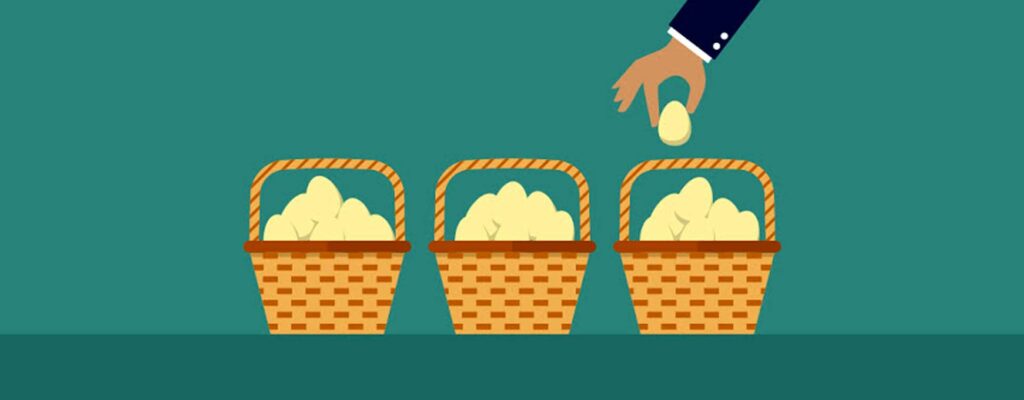
It is much like diversifying your investment portfolio – don’t put your mood-eggs in one basket! Adding a 15 to 20-minute practice that is unrelated to work can help balance your mood on bad days and elevate them even higher on the good days.
As an example, instead of having work as the only thing you focus on during the day, adding another activity that is easy to do – in this instance, let’s say it is ‘drawing’ everyday – can help balance your mood. The day work is unforgiving, but you draw something that you love, it prevents the amount of control one thing has on your mood!
Tackle Difficult Tasks First

This is the simplest yet most effective one on the list, but we overlook this 90% of the time. Our concentration and willpower are highest upon waking up (after the grogginess and puffy face wear off). The first task we work on gets the purest form of concentration our mind can give.
This focus usually makes it easy to do things we have been procrastinating or avoiding and should be used exactly for tasks of these nature. It is like using your best weapon against your toughest enemy, increasing your chances of victory!
Optimize for Enjoyment
Seldom do we think about the tasks we do professionally to also be fun; it obviously impacts our drive and willingness to do a task. This year, let’s optimize for doing things that are genuinely fun. Psychologically, enjoyment and passion are precursors for getting better at something.

Reminds me of the quote “If you’re succeeding at a job you hate, imagine how good you would be at a job you loved.” Does this mean you should quit your current job and move to a different one? Maybe! But instead of making a drastic change, a level-headed approach would be to first figure out where our interest lies – a pursuit where work doesn’t feel like work.
The hard work and hustle we talk about translates easily into our work when it is something we genuinely enjoy! It adds an easy gear to something we spend most time of our lives doing.
Conclusion
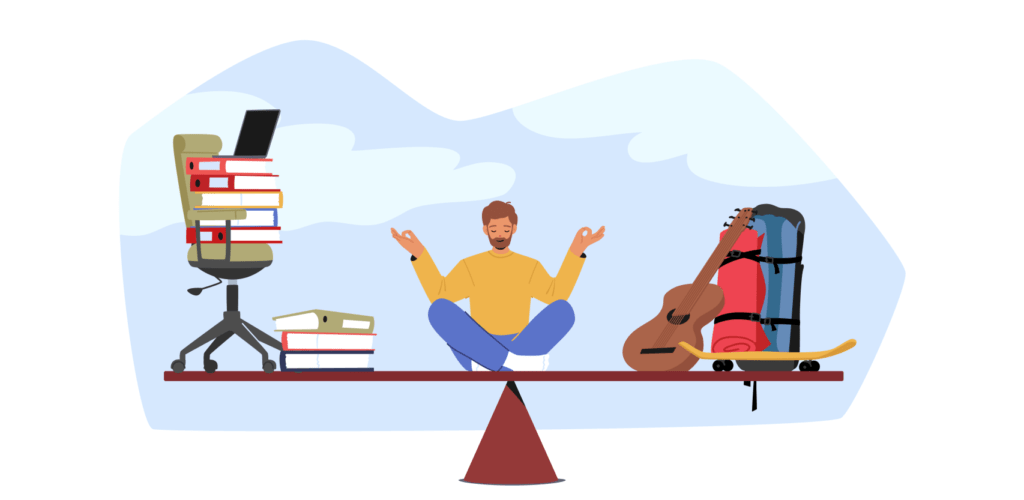
As we approach the end of the year, these frameworks serve as your toolkit for a successful new year ahead. Remember, the path to success isn’t about doing more – it’s about doing what matters, more effectively. By implementing these strategies, you’re not just setting yourself up for a productive 2025; you’re creating a sustainable approach to achievement that can serve you for years to come. Start small, be consistent, and watch as these tools transform your daily routine into a powerhouse of productivity and fulfilment. Here’s to making 2025 not just another year, but THE year where your vision becomes reality!
Check out our New year Reflection post!



